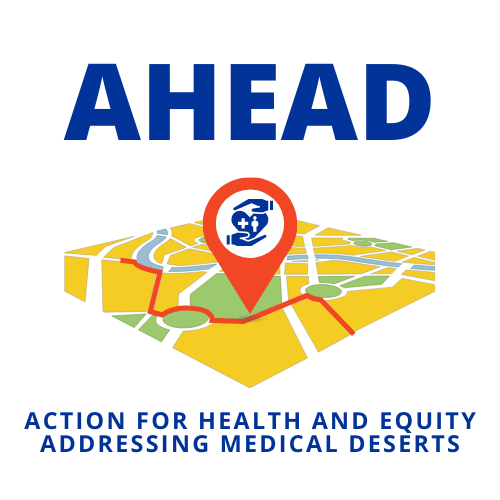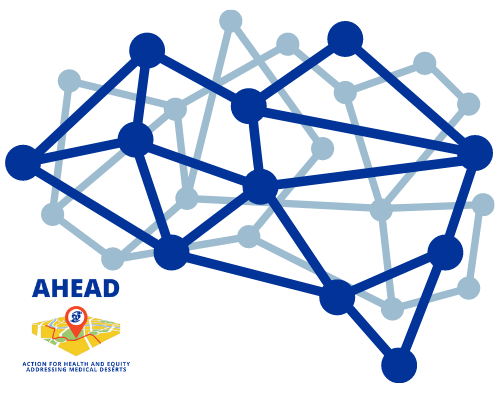Population is adjusted according to its age structure. Both population and hospitals include information on neighboring localities.
This is a map of Romania showing the number of level 1-3 hospitals per municipality, and per 1 million adjusted inhabitants, and also considering the supply and demand within 30 km catchment area
The index is adjusted for both demand and supply.
First, population is adjusted according to age structure, by giving more importance to young children (pre-school) and aged population, who require more frequent and intense medical support. In this way, the population is adjusted for demand within locality.
Second, both hospitals and population numbers includes also supply and demand in the neighboring localities (on an area of 30km around the center of each municipality). This means that people living in this neighbouring area, adjusted for the age, and all pharmacies were included in the computations. A decreasing weight was given to the neighbouring population/hospitals depending on distance to the locality.
Localities are colour-coded from light blue (lowest numbers) to dark blue (highest numbers).






